Earlier this week, Maynard MA health officials issued a warning to Central MA residents after a confirmed case of Powassan virus, a very rare and dangerous tick-borne illness.
Powassan is viral infection passed from an infected tick to humans, which can cause encephalitis and meningitis – infections of the brain and spinal cord. It cannot be spread from human-to-human. Though rare, the number of reported illnesses resulting from Powassan in Central Mass have risen over the last few years.

Central MA tick protection is essential for the prevention of tick-borne illnesses, such as Powassan
Maynard Public Health Division and Town Administrator, Greg Johnson, are reminding Central Mass residents to always practice proper tick protection while enjoying the great outdoors.

If you are going into wooded or grassy areas, where ticks are prevalent, here are some easy rules to follow:
- Walk in the middle of wooded trails during hikes, away from foliage
- Use repellent, such as DEET or picaridin on exposed skin, strictly following product application instructions
- Check your entire body for ticks when you return from the outdoors – use a handheld or full-length mirror to help – ticks will try to hide in unseen areas, such as behind the ears, in the groin, armpits, and between toes
- Always check your pets for ticks when they come in from the outdoors
What if you find that you have been bitten by a deer tick?
If you find a tick attached after a day out, follow proper tick removal instructions, save the tick, and mark the date on your calendar when the bite occurred. Then, be mindful of potential tick-borne illness symptoms, like:
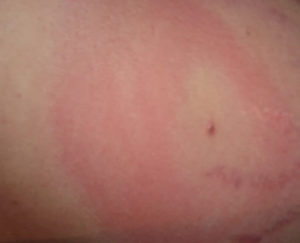
- Fever/chills
- Aches and pains – headache, muscle aches, joint pain
- Rashes – like Rocky Mountain spotted fever rash, or the bullseye rash associated with Lyme disease
See Additional Tick Bite Information Here >> Is your tick bite infected?
At-home tick control in Central Mass
Not only is it important to protect yourself outdoors while you are away from Central Mass home, but it is imperative to hire a tick control company to protect your family at home. A reputable Central MA tick control company will offer an EPA-registered treatment for your yard to keep your family safe from the threat of tick bites and tick-borne illnesses for up to three weeks. Prevention is key!

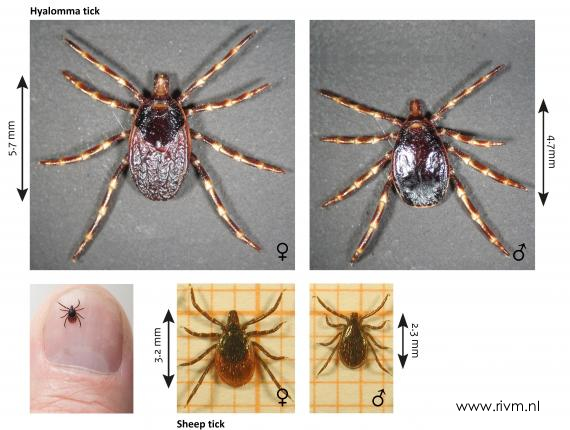
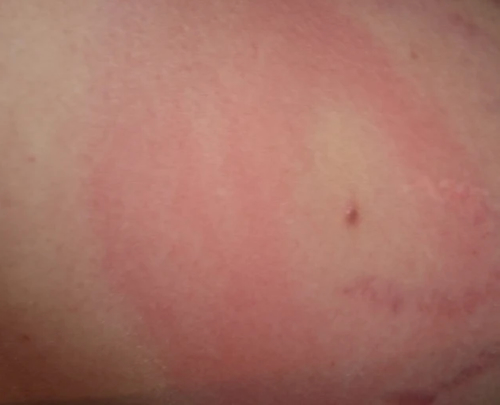

 As we all know
As we all know 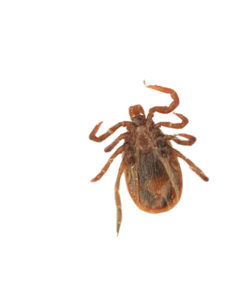




 What’s so scary about the
What’s so scary about the 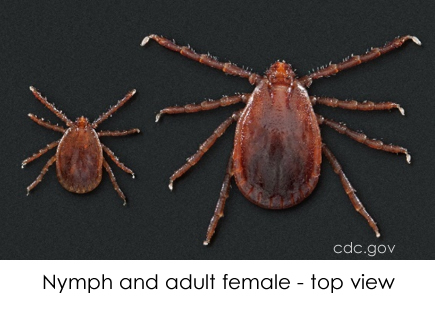
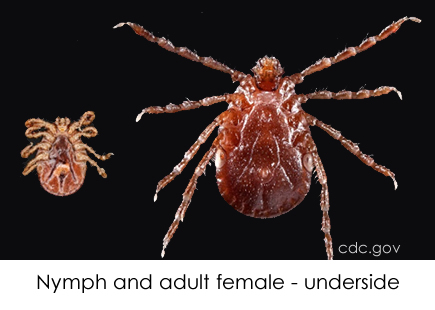






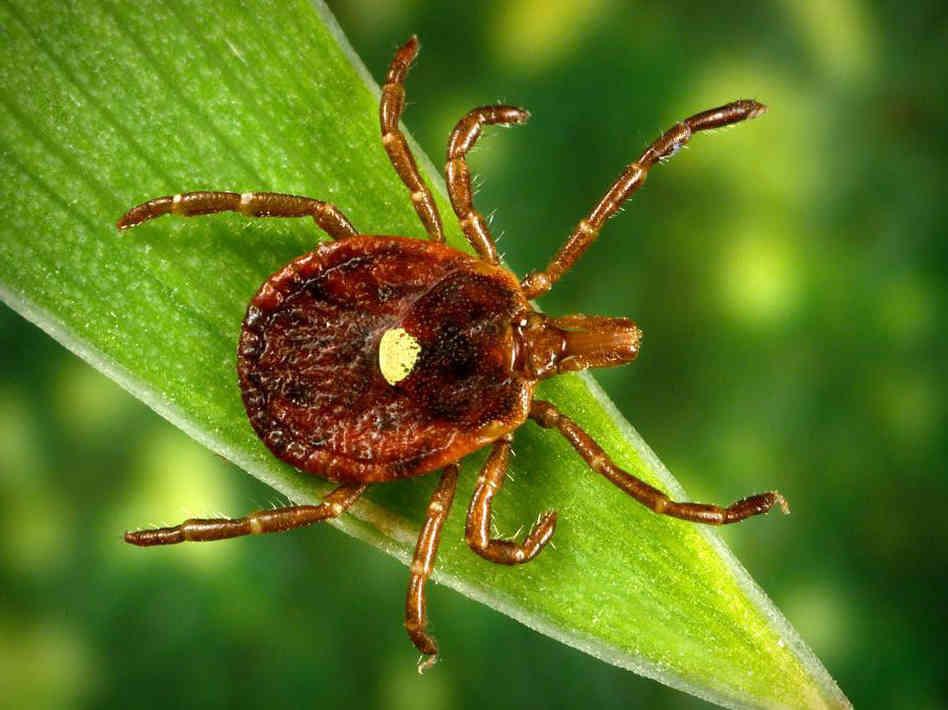


 Pets can have a great day visiting the beach with us, but there are additional dangers that we might face when bringing Fido on a beach day. I want you to be aware that fleas and ticks are not the only hidden dangers on the beach, as the Facebook post above illustrates.
Pets can have a great day visiting the beach with us, but there are additional dangers that we might face when bringing Fido on a beach day. I want you to be aware that fleas and ticks are not the only hidden dangers on the beach, as the Facebook post above illustrates.